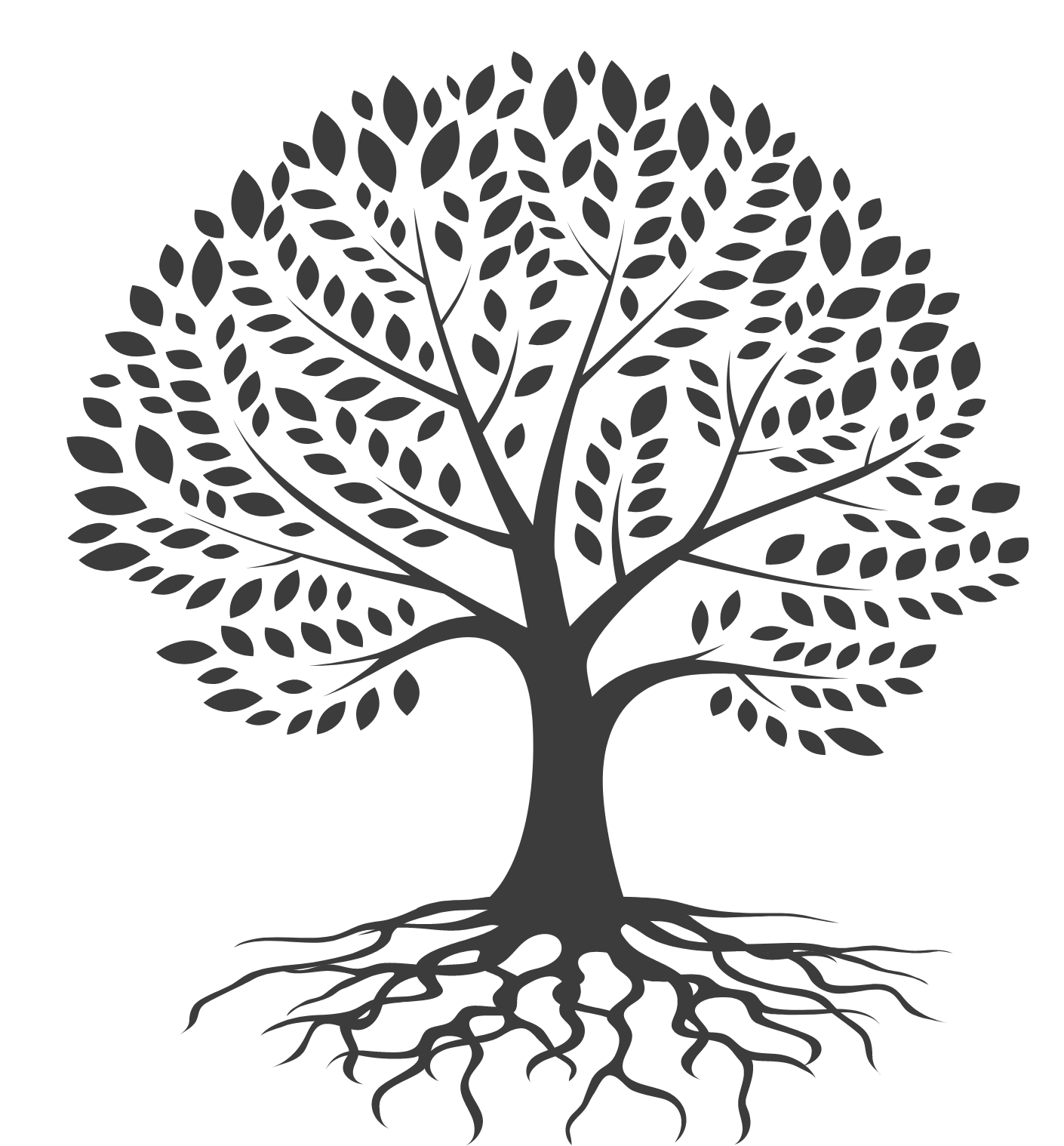When building a family tree, navigating through the layers of relationships can become quite the adventure, especially when it comes to step-families. Stepfamilies add a complex yet enriching dimension to family history that, when approached thoughtfully, enhances the inclusivity and fullness of any genealogical research.
Understanding Step-Family Connections in Genealogy
The term “family” has evolved to mean more than just a direct biological lineage. In modern genealogy, step-relatives are becoming an integral part of family trees, reflecting the real-world relationships that make up our lives. Step-siblings, half-siblings, step-parents, and step-grandparents all contribute unique narratives, traditions, and histories that, together, complete the family mosaic. After all, they are part of the tree’s branch too—sometimes closer than you may think.
Here are some key ways to approach and connect step-families in your genealogy research:
1. Define the Relationships Clearly
When recording step-family members, clarity is essential. Start by using software or family tree-building sites that allow you to define relationships explicitly. Platforms like Ancestry, MyHeritage, and FamilySearch allow users to categorize individuals as step-relatives, adding a layer of structure to what can otherwise feel like a tangled web. This distinction ensures accuracy and avoids confusion, making it easier for others who may access your research to understand the connections.
2. Gather Stories and Oral Histories
Incorporating oral histories is crucial for capturing step-family dynamics. Often, step-family members bring with them narratives, family traditions, and historical contexts that aren't recorded on official documents but still carry significant weight. When interviewing relatives, ask open-ended questions about their experiences, favorite traditions, or how they became part of the family. These stories are sometimes the most heartfelt and offer a layer of personality to your research that documents alone cannot.
3. Trace Relationships and Shared Connections
Many step-relationships have more intertwined connections than we realize. Shared family friends, neighborhoods, schools, or even workplaces can become areas of overlap that reveal new insights. A step-grandfather who served in the same war as a biological grandfather, or a step-sibling who attended the same school as a cousin, are valuable connections to explore. Tracing these intersections can create a tapestry of shared experiences and may even lead to discovering unexpected family connections.
4. Include Step-Relatives in Documented Family Events
Step-relationships are a big part of many family events, from weddings to reunions. When documenting family gatherings, make sure to include everyone in the photos, invitations, and family descriptions. Not only does this honor the inclusive spirit of the family, but it also helps future researchers understand the full picture.
5. Explore Step-Family Genealogy Records
Step-family members may hold clues to hidden genealogical details. For instance, a step-parent may have preserved photos or letters that pertain to the family’s past, or a step-sibling might have documents from an earlier generation. These records can reveal fascinating details about the lives of ancestors or even unlock long-sought family connections.
6. Maintain Sensitivity and Respect
Some relatives may have complex feelings around step-family relationships, especially in generations past. When documenting these connections, consider the preferences of living family members. Sensitivity to these dynamics can go a long way toward creating a family tree that feels inclusive and respectful to everyone involved.
Embracing Every Branch
In genealogy, every relationship adds depth, context, and richness. By embracing step-families as part of the family narrative, you’re not only preserving accurate records but also honoring the ties that have shaped the family's unique journey. After all, they are part of the tree’s branch too—sometimes closer than you may think. The resulting family tree will be a more accurate, inclusive, and colorful depiction of your heritage.
So, next time you open up that family tree, remember to trace every branch—even those not connected by blood. They’re part of your story, too.



Comments ()